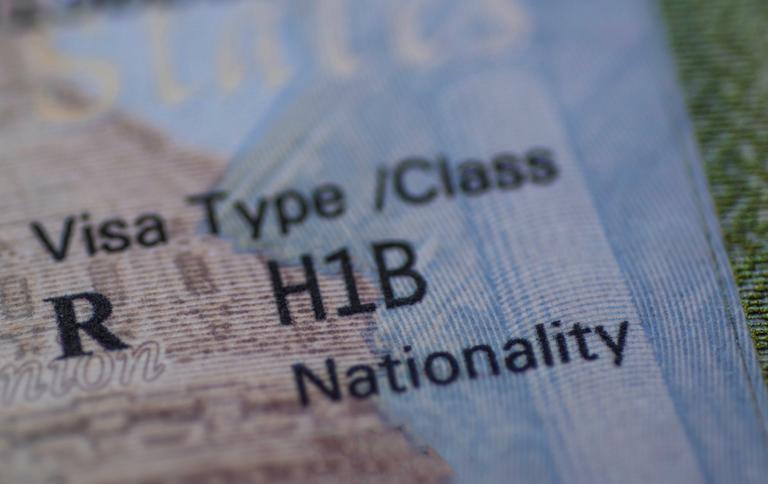How much are some of the biggest names in tech paying their H-1B workers?
To figure that out, we crunched some numbers from the H1B Salary Database, which indexes the Labor Condition Application (LCA) disclosure data from the United States Department of Labor (DOL). The last time we performed this exercise (in October 2019), we limited our examination to software engineers at Google, Apple, and Microsoft; this time, we expanded our scope to all H-1B employees at eight tech companies. While analyzing software engineer salaries is useful, these firms also use the H-1B to bring on analysts, scientists and other tech-centric workers.
Here’s how the salary numbers break down. These were captured in the first quarter of 2020, before the COVID-19 pandemic hit, so it will be interesting to see if these numbers shift in the future:
One thing should jump out at you immediately: the median H-1B salary at Netflix is twice as high than at other firms. Why is that? A job-by-job breakdown reveals that, in 2020, Netflix has been willing to pay enormous salaries for senior research scientists and software engineers—as much as $600,000 for a computer graphics pipeline lead and a senior software engineer, for example.
Netflix has a longstanding reputation for paying higher-than-average salaries, and it seems like this applies in the context of H-1B. “To help us attract and retain stunning colleagues, we pay employees at the top of their personal market,” reads a note on the company’s website. “We make a good-faith estimate of the highest compensation each employee could make at peer firms, and pay them that maximum.”
But even at other firms, the median H-1B salary is well into six figures; compare that to the “average” tech salary of $94,000 (according to Dice’s 2020 Tech Salary Report). In theory, these salary numbers are in keeping with the H-1B program’s original mission, which is to bring in highly specialized talent from overseas that companies can’t find domestically.
However, these tech firms also subcontract H-1B workers from business-services and consulting firms. For example, according to a dataset from the U.S. Department of Labor, which breaks down over 412,425 H-1B cases (and also reveals the “secondary entities” where primary employers might send H-1B workers as subcontractors), Google hired 7,604 H-1B candidates directly in 2019, and outsourced an additional 889. Here’s a deeper breakdown of how some of tech’s largest companies subcontract:
Moreover, there are indications that subcontracted workers are paid lower than the H-1B workers that big tech firms source directly. At Accenture, H-1B workers are paid a median salary of $96,366; at Tata, it’s $68,000; at Capgemini, it’s $89,918; and at IBM, which engages in business consulting in addition to its tech business, it’s $86,653. Thanks to subcontractors, the actual median salary at some big tech firms could be quite a bit lower.
Of course, COVID-19 could change things radically over the next year or so. For starters, 2020 H-1B visa processing has undergone significant delays. Meanwhile, four U.S. senators recently sent a letter to President Trump that asks for a suspension of all new guest worker visas, including the H-1B, for at least the next 60 days and possibly the next year. H-1B denials were already elevated (historically speaking) before COVID-19. How all of these factors will impact visa applications, acceptances, and denials into 2021 and beyond is anyone’s guess.
Visit our COVID-19 Resource Center, which aims to provide the tech community with the best, most up-to-date information on the novel coronavirus.



